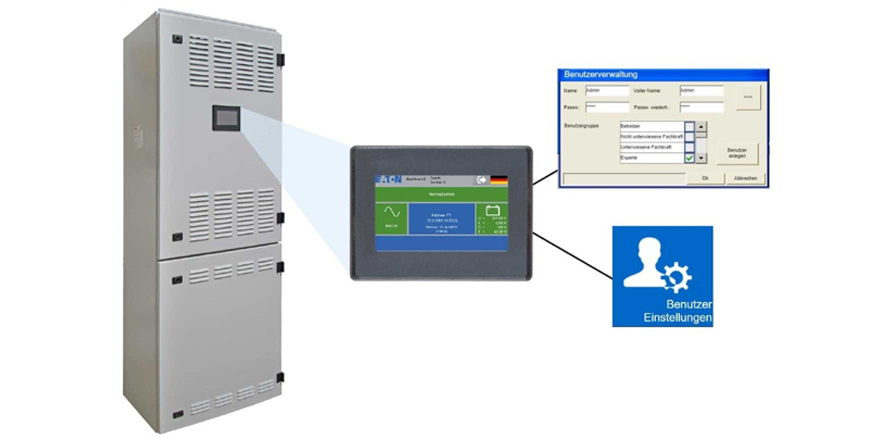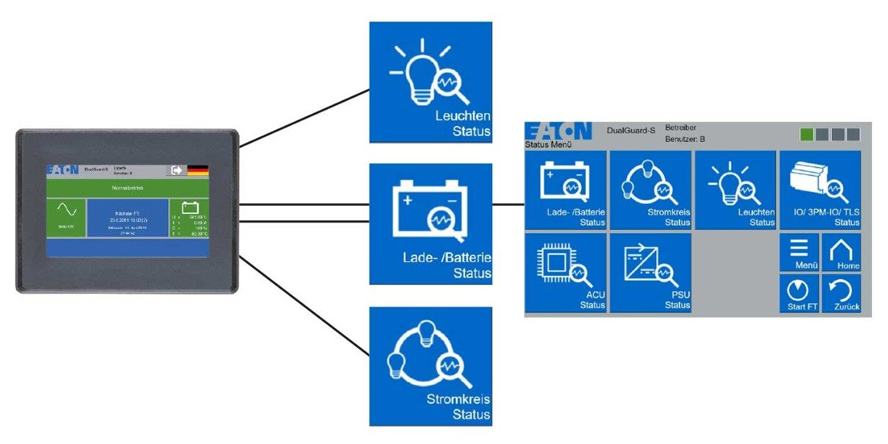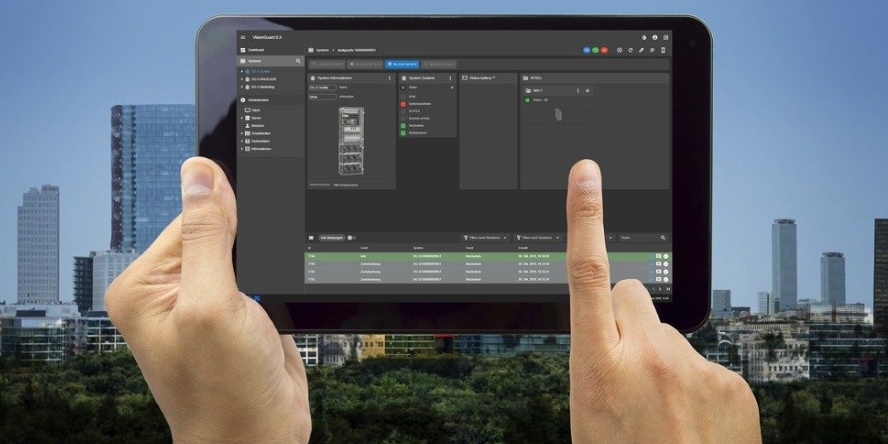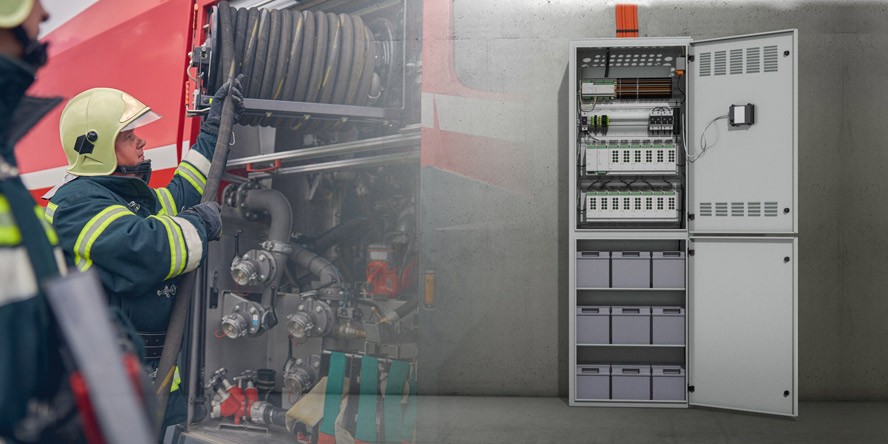In recent months, the WOLFF GROUP has completed a project for selection, supply and installation of an emergency lighting system for an on-site fire brigade for an investor operating in the fertilizer industry.
Installation of emergency lighting for the on-site fire-fighting-chemical emergency unit was intended for the fire engine garage, the control room and the social area of the building. The requirements of the investor, related to emergency lighting for the first two area were much more stringent than stipulations provided for in standards and legal acts. The 100 lux intensity emergency lighting was to be active at all times in the fire engine garage. In the case of the control room, however, where the staff continuously monitors signals received i.e. from gas detectors scattered throughout the entire industrial site, the emergency lighting was intended to provide half the intensity of the basic lighting, namely 250 lux in this case. This is much more than the minimum 10% of basic light intensity required by EN 1838, but not less than 15 lux for high risk areas.
20 years of reliable operation
The aforementioned requirements of the investor meant that a central battery system was the only feasible option of powering the emergency lighting fixtures. Fixtures with integrated batteries are characterised by lower parameters compared to dual-function fixtures (with the possibility of using one fixture for both basic and emergency lighting), powered from a central battery. Thus, in order to achieve the light intensity required by the investor, we would have to use many more fixtures.
For nearly 20 years, the ZB-S system conforming with the PN-EN 50171 standard has been one of the most widespread central battery systems in the world. This system is able to test fixtures automatically, and in addition, it can address each of the fixtures separately, a functionality which is particularly important in the case of a large number of fixtures. This enables monitoring of a particular fixture with its name and status displayed. This time, however, we decided to offer the investor a completely new DG-S system, which was developed on the basis of the ZB-S system.

Everything has changed in terms of User Experience over a period of 20 years
The ZB-S system was introduced onto the market in 2002. It is year 2021 today and we are all used to touch screens or windows “tiles”. Additionally, the so-called “internet of things” has widely entered the daily lives of many people, for example, through smart home systems.
This is why the mode of operation using buttons and information displayed on a small, monochrome liquid crystal display designed for the ZB-S system sounds like a joke to many today. This was the reason why the manufacturer has launched a new line of central battery systems, the DualGuard-S System (DG-S).
A generational change is coming after 20 years – the DG-S system officially replaces the discontinued ZB-S system.
Although the ZB-S central battery systems are still available for purchase and installation, the manufacturer has already officially confirmed suspension of their production in the near future and complete transition to production and distribution of the DualGuard-S system. This argument convinced the investor to go with the first commissioning of this new central battery system in Poland as a part of implementation of the lighting project for the on-site fire brigade station building.

A few words about the DualGuard-S (DG-S) central battery system
EATON went with evolution rather than revolution. Therefore, it used the previously reliable ZB-S system to create a similar one, adding several additional functionalities to it. The most noteworthy features include:
- communication protocol using a DG-S ACU bus
- touch display
- “VisionGuard” visualization software
The aforementioned ACU DG-S communication protocol enables rapid transmission of much more data and networking of up to 32 power devices with multiple phase control zones and fixture control scenarios.
The 4.3″ or 7″ TFT touchscreen display is provided with 512 MB RAM and 4 GB Flash memory and supports the DG-S ACU controller. This allows the user to control and monitor the central power system and all its external components.
And the “VisionGuard” software, developed in a client-server architecture for Windows, offers complete monitoring, control and configuration of all connected DualGuard-S central battery systems, down to the level of individual fixtures.







